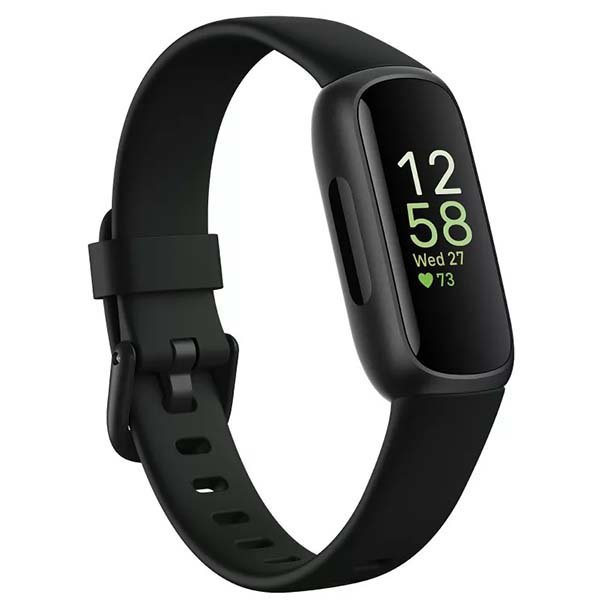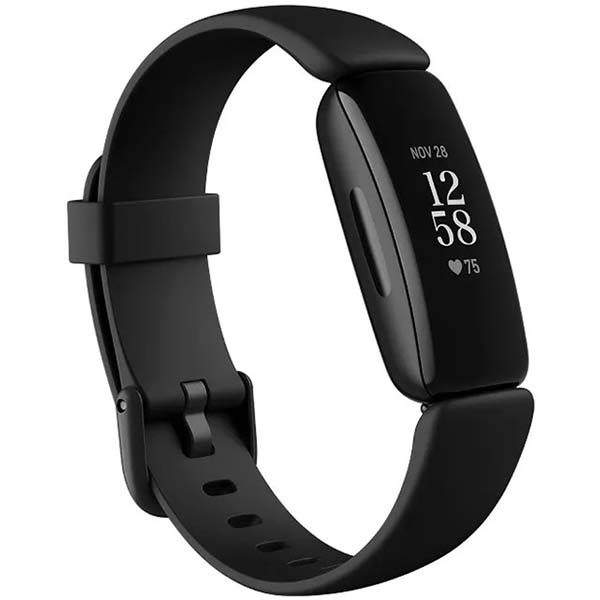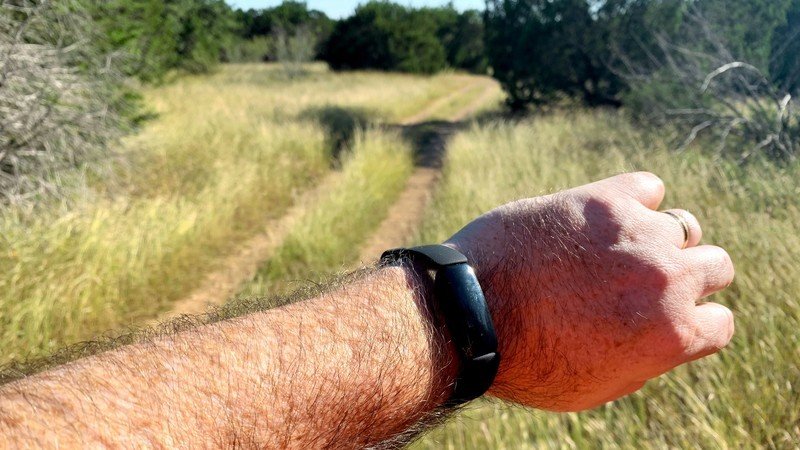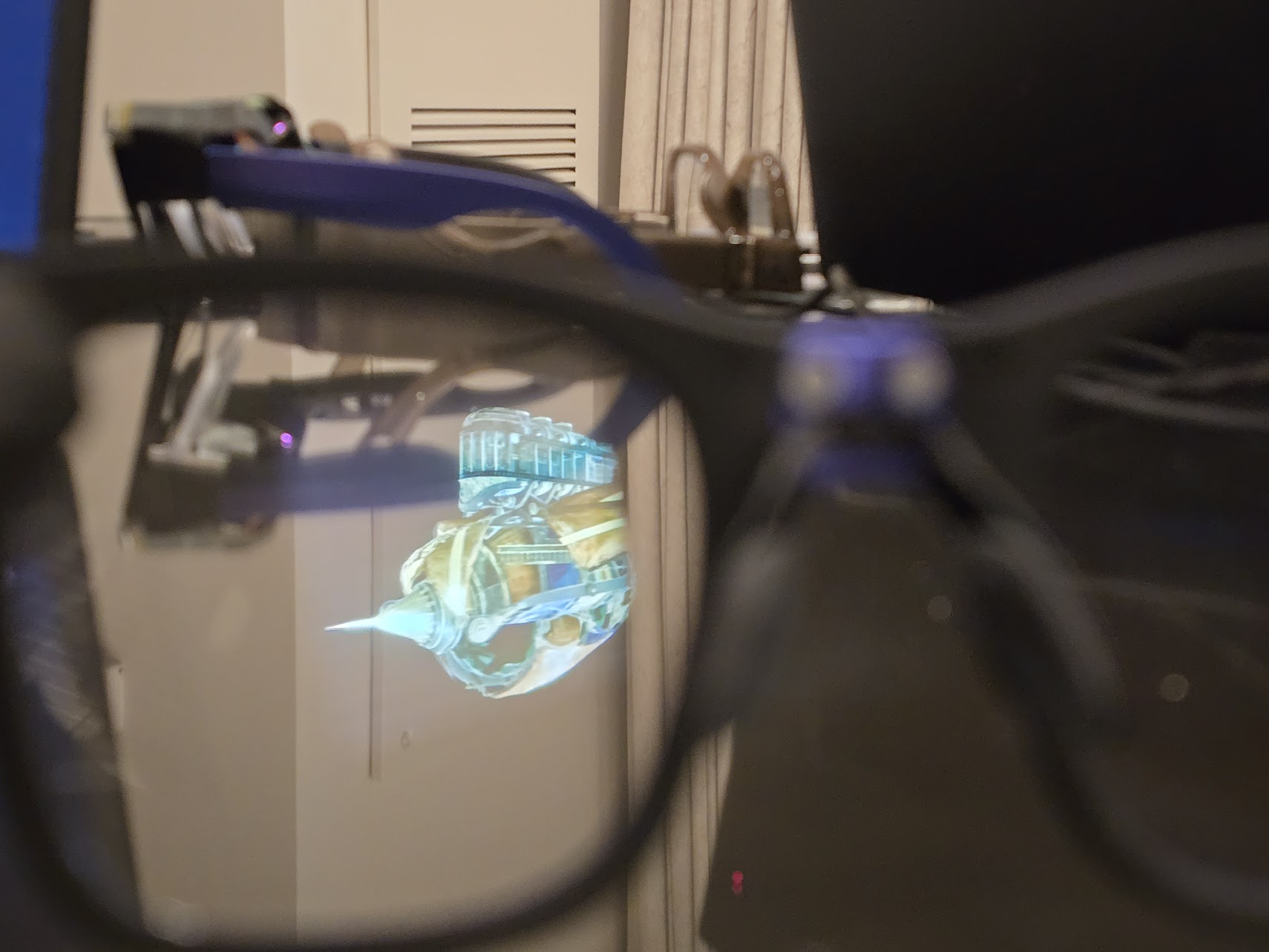Fitbit Inspire 3 vs. Inspire 2: Should you upgrade?
Which one will Inspire.

Fresh, new look
At its price — the same entry price the Fitbit Inspire 2 launched at — the Fitbit Inspire 3 is a better option to get new, once it releases on September 15. You’ll enjoy moderate upgrades, most notably with the slimmer design, better screen, and features like Sp02 tracking. It isn’t a huge step-up from the Fitbit Inspire 2. Given the price, if you’re buying new, it’s the better choice between the two.
Pros
- Nicer, color screen with ambient light sensor
- Sp02 blood oxygen tracking
- Slimmer design
Cons
- No more Tile integration
- Not a huge step-up
- Comes with half-length Premium trial

Don’t get rid of it just yet
If you already own the Fitbit Inspire 2, there’s no need to upgrade to the Fitbit Inspire 3 just yet. It’s still a solid tracker that has almost all the same features, with only a slightly modified design. The screen leaves something to be desired, but if you haven’t found it problematic by now, stick with this one. If you're looking to upgrade to a more premium Fitbit, it's better to go with the Charge 5 or Luxe.
Pros
- Can find one for really cheap
- Has Find my Tile integration
- Comes with full year Premium trial
Cons
- Outdated monochrome screen
- No Sp02 tracking
While some people gravitate to premium smartwatches and fitness trackers, others simply want something simple and affordable on the wrist to track walks, runs, workouts, daily steps, sleep, heart rate, and more. Fitbit is one brand that's perfect for that.
When it comes to the Fitbit Inspire 3 vs. Inspire 2, there isn’t a huge leap in each feature set. However, given that both sell for under $100, you really can’t go wrong with either. Should you upgrade from the Inspire 2 to the Inspire 3? And for those on strict budget, is it worth saving a bundle on a reduced-price Inspire 2? We’re here to help you make that decision.
Fitbit Inspire 3 vs. Inspire 2: What’s different on the outside?

Both members of the Fitbit Inspire family, the Fitbit Inspire 3 and Inspire 2 sport the same rectangular face, and come with silicone wristbands to wear around your wrist. Both also work with optional accessories, so you can clip them to your shirt, pocket, or bra if desired. This is useful for sports like boxing when having something on your wrist can get in the way. With both, you can also choose from a selection of clock faces to further personalize the look.
It’s slightly wider and longer than the Inspire 2, but it’s also slimmer. If you find the Inspire 2 disrupts sleep or is too large for you, you might find value in upgrading to the Inspire 3's more compact design. Keep in mind that this means optional bands you own for the Inspire 2 will not fit the Inspire 3. The Fitbit Inspire 2, meanwhile, comes in black, Lunar white, or Desert Rose finishes.

The biggest outward difference between these two is in the screen. The Fitbit Inspire 3 has an always-on, color touchscreen with an ambient light sensor, while the Inspire 2 has an outdated monochrome screen. This would be the main reason to upgrade to the new device, especially if you tend to rely on the device screen for selecting workouts or checking stats, instead of the smartphone app. Naturally, the different clock faces will look much nicer on the screen of the Inspire 3 as well.
Fitbit Inspire 3 vs. Inspire 2: Let’s break down the specs
By and large, these two fitness trackers are similar. But there are subtle differences when breaking things down by their core specifications.
| Header Cell - Column 0 | Fitbit Inspire 3 | Fitbit Inspire 2 |
|---|---|---|
| Compatibility | Android, iOS | Android, iOS |
| Colors | Midnight Zen, Lilac Bliss, Morning Glow | Black, Lunar White, Desert Rose |
| Swappable Band | Yes | Yes |
| Battery Life | Up to 10 Days | Up to 10 Days |
| App | Fitbit | Fitbit |
| Heart Rate Monitoring | Yes | Yes |
| Stress Tracking | Yes | Yes |
| GPS | Connected | Connected |
| Sp02 | Yes | No |
| Mindful Breathing | Yes | Yes |
| Sleep Monitoring | Yes | Yes |
| Swimproof | 5ATM | 5ATM |
| Find with Tile | No | Yes |
| Phone Notifications | Yes | Yes |
| Size | 1.55 x 0.73 x 0.46 inches | 1.46 x 0.66 x 0.51 inches |
There’s a lot alike about these two fitness trackers, but let’s delve deeper into how they functionally compare.
Get the latest news from Android Central, your trusted companion in the world of Android
Fitbit Inspire 3 vs. Inspire 2: Health and wellness

The primary reason for getting a fitness tracker is to, well, track fitness. They both work with the Fitbit app and can track the basics, including daily steps, calories burned, and various exercises with AutoTrack. This includes common workouts like walking, running, and swimming, in case you forget to manually track a workout.
Both also track 24/7 heart rate, and provide notifications if an irregular heart rate is detected without a specific reason (like you’re in the middle of a workout). There are also mindfulness breathing sessions to help stay calm and relax.
The detailed sleep tracking not only includes stages of light, deep, and REM sleep, but also the new Sleep Profile that compares your sleep patterns over time with that of an animal. Sleep Profile, however, is only available with a Premium membership, as is access to a Sleep Score.
Both support Active Zone Minutes, which will advise when you enter fat burn, cardio, or peak heart rate zones, a great way to get the most out of a workout and, conversely, to ensure you don’t overexert yourself. You can also set a goal for the number of daily active minutes you want to get and work towards meeting that each day.

Other features included with both are cardio fitness score, stress management score (Premium only), Daily Readiness Score (Premium) that advises when your body is ready for a workout or when you should take a rest, skin temperature variation, reminders to move, and menstrual health tracking.
The one feature in this department that the Inspire 3 has that the Inspire 2 does not is Sp02 monitoring, which advises of your breathing rate and oxygen saturation. For anyone who suffers from breathing issues or a condition like sleep apnea, and wants to keep a close eye on their breathing stats, this additional feature alone could be worth the upgrade.
Fitbit Inspire 3 vs. Inspire 2: Other things to note
There are a few other things to note with these two trackers. Both offer a rated 10-day battery life, but with the color touchscreen and ambient light sensor, you can likely expect the Inspire 3 to require charging more often. With that said, even if they last a few days less, that’s impressive compared to other fitness trackers on the market.
Both work with connected GPS. This means if you want to go for a run and track your route, you need to bring your phone along to leverage the phone’s GPS antenna and get a log of where you went, and where you were when you were in different heart rate zones.
While the Inspire 3 comes with a Find my Phone feature, it no longer includes the Find with Tile option in the Inspire 2. That integrated with the Tile community to make it easier for you to locate a lost or misplaced tracker that is out of Bluetooth range, leveraging the widespread Tile community of users. It was a nice-to-have feature, and odd that it was removed, but the absence is likely more an unfortunate omission than a deal-breaker for anyone.

Both are swim-proof down to 50 meters, so you can safely go swimming, jump in the shower, wash dishes, or leave it out in the rain without worry of damage. (Naturally, you should always dry it off right away and keep it clean to maximize the lifespan of any waterproof tracker, including these ones).
Many of the best features of Fitbit come with a Premium subscription. This includes Daily Readiness Score, Stress Management Score, and Sleep Profiles, as well as the ability to download full Wellness Reports with your stats over time. Premium also unlocks tons of more content in the app, including access to thousands of workouts, mindfulness sessions, nutrition information, and more.
The Fitbit Inspire 3 comes with a six-month membership, along with a bundle option to save when you sign up for one year of Premium and purchase a two-year protection plan. With the Inspire 2, you get a one-year trial subscription. That adds significant value when you tally up the regular cost of a Fitbit Premium subscription. For those who will use it, those extra six months that come with the purchase of a Fitbit Inspire 2 could make it enticing, even without the missing features.
Fitbit Inspire 3 vs. Inspire 2: Should you upgrade?

If you own the Fitbit Inspire 2, don’t upgrade just yet. The only reason to upgrade would be to get the much nicer touchscreen with ambient light sensor of the Inspire 3, or the addition of blood oxygen monitoring. If neither of these features is a deal-breaker for you, stick with the tracker you have.
You can also consider upgrading to one of the best Fitbits instead to experience a bigger jump in feature set. As a better upgrade path from Fitbit Inspire 2, I’d recommend the Fitbit Charge 5. It's slightly more expensive than the Inspire 3, but you’ll get so much more out of it. It offers a nice in-between design that’s not quite a tracker, not quite a smartwatch.
The logical decision is always to go with the newest hardware, especially with products evolving so quickly and models that are only a few years old quickly becoming outdated. Given the low price of the Fitbit Inspire 3, it’s a solid entry-level fitness tracker, and the better option between the two if you’re looking to buy a first tracker or to replace an ancient one, like the original Fitbit Inspire.
Those extra six months of Fitbit Premium that come with the Inspire 2, which typically cost $9.99 per month, could be an enticing reason to opt for the older and heavily discounted tracker. I would only suggest doing this if you have used Fitbit Premium before and find value in the service. Otherwise, you’re buying an older-model device for the incentive of 12 months access to a service you may discover you don’t enjoy or use.
Bottom line: In the case of the Fitbit Inspire 3 vs. Inspire 2, both are dubbed fun, entry-level trackers. No one opting for these is looking to track serious workout stats or is training for a marathon. If you’re upgrading from one or the other, it means you’ve realized you want, or need, more because you’re upping your fitness game.

A perfect first tracker
As a first fitness tracker or entry-level option, the Fitbit Inspire 3 will accomplish everything you need, and it has a wonderfully bright screen and slim design. However, it’s not worth the upgrade if you already own the Inspire 2.

Don’t let go just yet
Sure, the monochrome screen isn’t great, but that’s really the only downside to the Fitbit Inspire 2 compared to the Fitbit Inspire 3. If you own one, hold onto it. If you want to upgrade, have a look at other options in Fitbit’s arsenal.

Christine Persaud has been writing about tech since long before the smartphone was even a "thing." When she isn't writing, she's working on her latest fitness program, binging a new TV series, tinkering with tech gadgets she's reviewing, or spending time with family and friends. A self-professed TV nerd, lover of red wine, and passionate home cook, she's immersed in tech in every facet of her life. Follow her at @christineTechCA.
